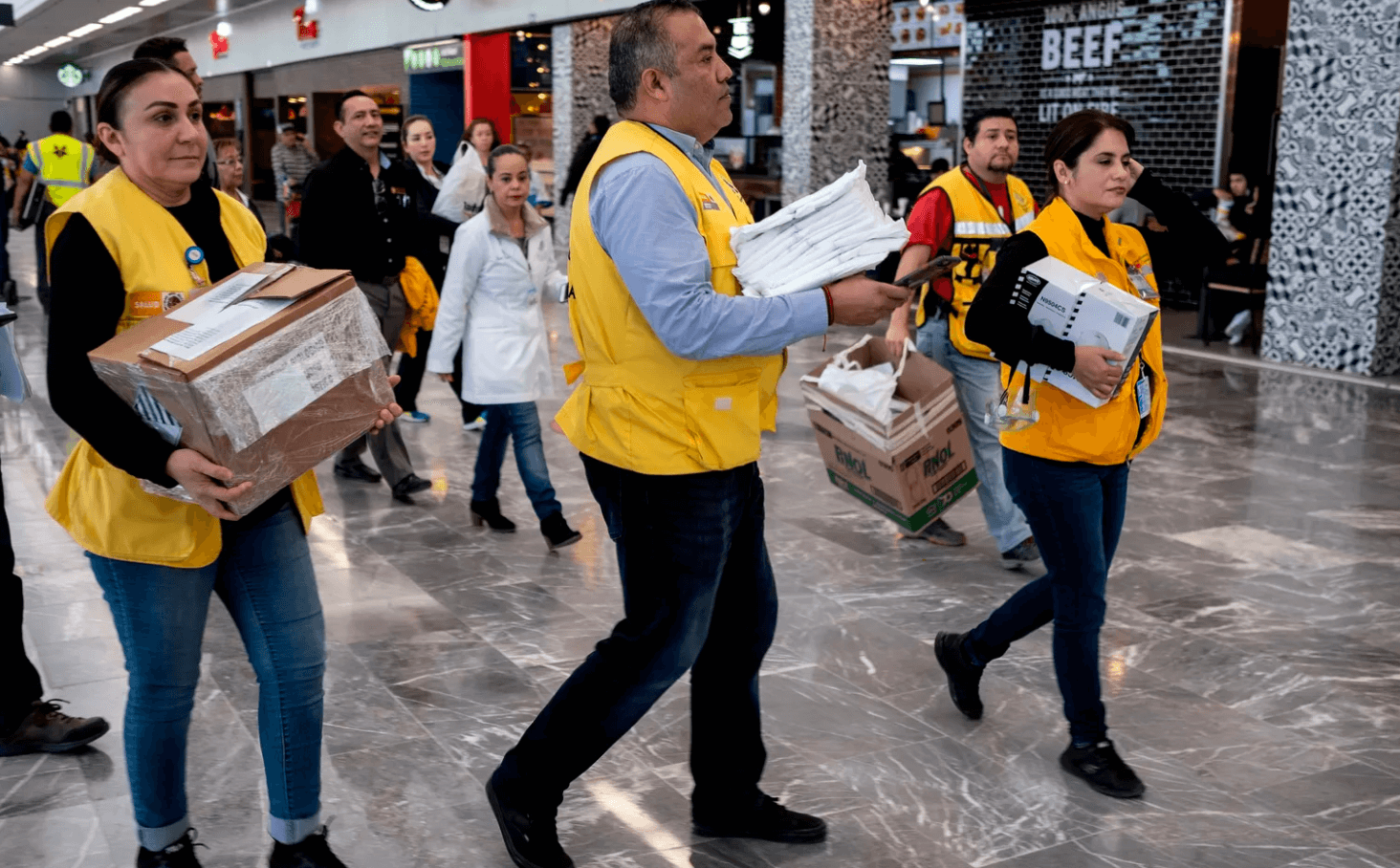How AI is battling the coronavirus outbreak

AI helped spot an early warning about the outbreak, and researchers have used flight traveler data to figure out where the novel coronavirus could pop up next
The epidemic-monitoring company Metabiota determined that Thailand, South Korea, Japan, and Taiwan had the highest risk of seeing the virus show up more than a week before cases in those countries were actually reported, partially by looking to flight data. Metabiota uses natural-language processing to evaluate online reports about a potential disease, and it’s also working on developing the same technology for social media data.
Mark Gallivan, Metabiota’s data science director, explains that online platforms and forums can also give an indication that there’s a risk of an epidemic. Metabiota also claims it can estimate the risk of a disease’s spread causing social and political disruption, based on information like an illness’s symptoms, mortality rate, and the availability of treatment. For instance, at the time of this article’s publication, Metabiota rated the risk of the novel coronavirus causing public anxiety as “high” in the US and China, but it rated this risk for the monkeypox virus in the Democratic Republic of the Congo (where there have been reported cases of that virus) as “medium.”
It’s hard to know just how accurate this rating system or the platform itself can be, but Gallivan says the company is working with the US intelligence community and the Defense Department on issues related to the coronavirus. This is part of Metabiota’s work with In-Q-Tel, the nonprofit venture firm associated with the Central Intelligence Agency. But government agencies aren’t the only potential clients of these systems. Metabiota also advertises its platform to reinsurance companies — reinsurance is essentially insurance for insurance companies — that might want to manage the financial risks associated with a disease’s potential spread.
